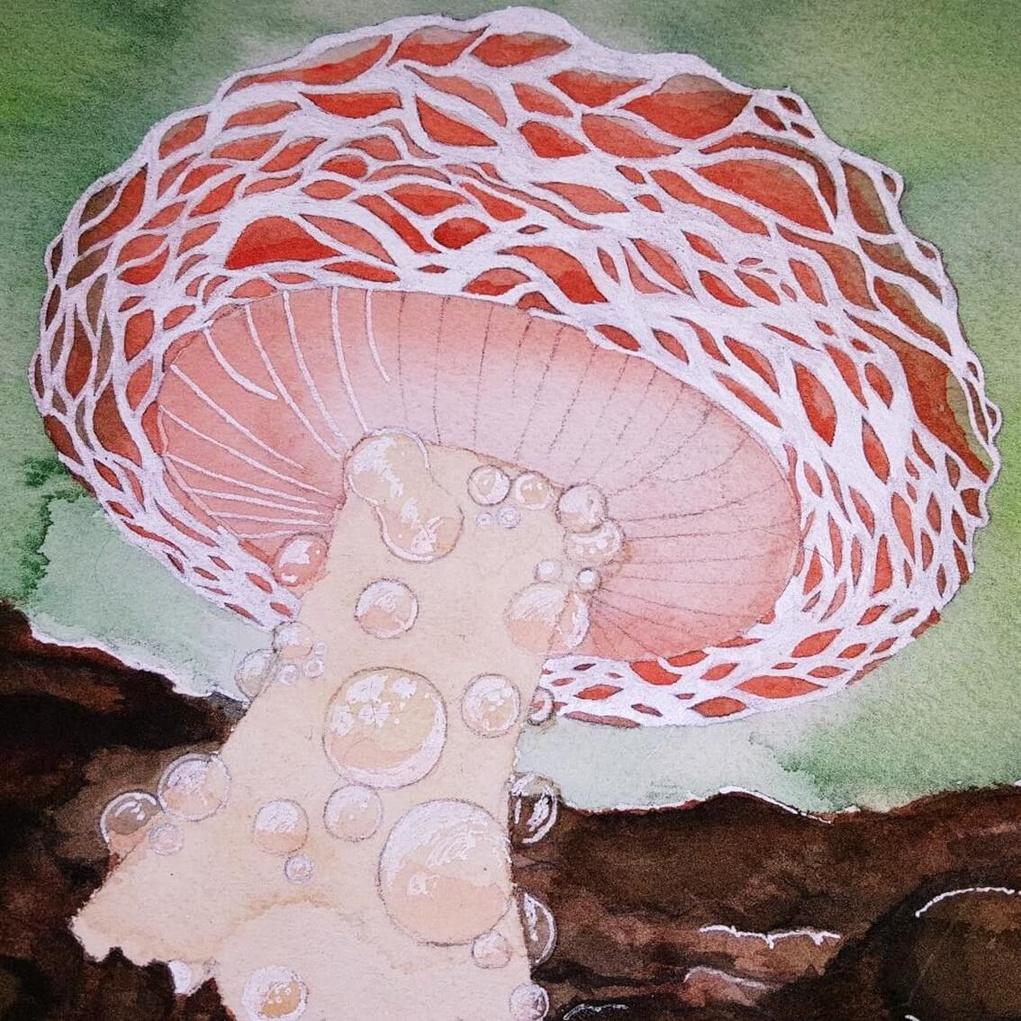
1 minute read
How to Best Utilize Watercolor Paper
Mediums
The selection of the right watercolor paper aligns closely with the artist's style, the techniques they use, and the desired outcome of the artwork.
For artists who aim to achieve a high level of detail in their artwork, hot press paper is the way to go. Its smooth surface enables the creation of intricate designs and techniques, making every fine line and precise stroke stand out.
Conversely, cold press paper, celebrated for its medium texture, serves as a versatile option. It's able to hold more water compared to hot press paper, allowing the artist to create detailed work as well as beautiful washes of color. The cold press paper's adaptability to both fine details and expressive washes makes it a reliable choice for a wide variety of artists.
Lastly, the highly textured rough paper is the preferred choice for artists who love creating artwork that lean towards broad, bold washes of color. The pronounced texture emphasizes the watercolor paint's granulated characteristics, lending a sense of depth and vibrancy to the painting.
In essence, understanding the different watercolor paper mediums and how they can be harnessed is key for any watercolor artist. By selecting the right medium, artists can take full advantage of their chosen paper's unique characteristics to create watercolor art that is both visually compelling and emotionally resonant.
Arches Watercolor Blocks: A Case Study
Let's take a closer look at Arches
Watercolor Blocks, specifically the 9"x12" cold press variety. These blocks are composed of 20 sheets of natural white, acid-free, 100% cotton paper. They're created with natural cotton fibers using a cylinder-mold machine, lending them a consistent and durable quality.
The cold press texture of these blocks makes them a fantastic all-rounder choice, suitable for a range of artistic styles. They're not only ideal for watercolors but also work wonderfully for gouache, acrylic, and airbrushing.
One unique feature of the Arches
Watercolor Blocks is that the sheets are glued on all four sides. This helps to prevent warping as the paper dries after painting. Once a piece is complete and dry, the artist can use a palette knife or similar tool to separate the top sheet from the block, revealing a fresh canvas below. Additionally, these blocks are made with natural gelatin sizing. This gelatin acts as a protective coating, reducing the paper's absorbency and allowing the colors to sit on the surface rather than soaking into the paper. This makes the colors more vibrant and prevents them from blending too much.

